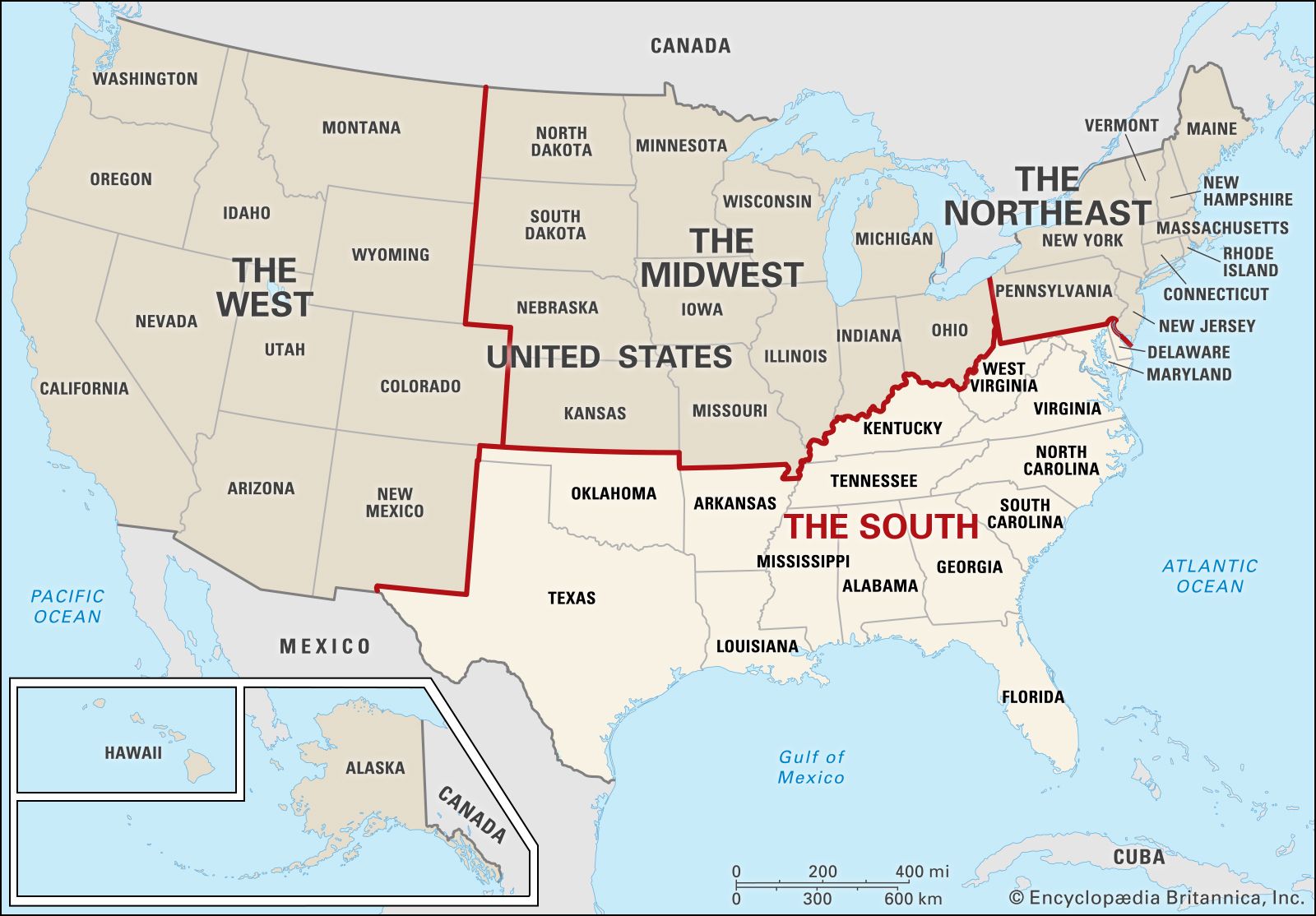Living in mountainous regions can be breathtakingly beautiful, but it also comes with its unique set of health challenges. The high altitude, rugged terrain, and sometimes limited access to medical facilities can make healthcare a bit more complex. However, with the right strategies and knowledge, individuals can not only thrive in these environments but also enjoy better overall health. Here’s a comprehensive guide to navigating the health aspects of mountain living, ensuring that you make the most out of your time in these magnificent natural settings.
Understanding Altitude Sickness
One of the most common health issues faced by people moving to or visiting high-altitude areas is altitude sickness, also known as acute mountain sickness (AMS). This condition occurs when the body cannot adapt well to the lower amounts of oxygen in the air at high elevations. Symptoms can range from mild headaches and nausea to more severe conditions like high-altitude pulmonary edema (HAPE) and high-altitude cerebral edema (HACE), which are medical emergencies.
Prevention Strategies: - Gradual Ascent: The best way to prevent AMS is to ascend gradually, allowing your body time to adapt. A common rule of thumb is not to ascend more than 1,000 feet per day once you’re above 8,000 feet. - Hydration: Drinking plenty of water is crucial, as dehydration can exacerbate AMS symptoms. - Avoid Strenuous Activities: For the first couple of days at high altitude, avoid strenuous activities to reduce the strain on your body.
Staying Physically Active
Regular physical activity is essential for overall health, and mountain environments offer endless opportunities for outdoor activities such as hiking, skiing, and cycling. However, it’s crucial to tailor your activities to your fitness level and the altitude.
Safety Considerations: - Acclimatization: Always allow a few days for acclimatization before engaging in strenuous physical activities. - Weather Awareness: Mountain weather can change rapidly. Always check forecasts before heading out and be prepared for sudden changes. - Group Activities: When possible, participate in activities with a group or a guide, especially if you’re new to an area or activity.
Nutrition and Hydration
Proper nutrition and hydration are vital for maintaining health in mountainous environments. The body requires more calories at high altitudes due to the increased energy expenditure from lower oxygen levels. Additionally, staying hydrated is crucial, as the dry mountain air can lead to rapid dehydration.
Dietary Recommendations: - High-Calorie Foods: Include foods high in calories and nutrients, such as nuts, dried fruits, and jerky, in your diet. - Stay Hydrated: Drink water regularly throughout the day. Aim for at least 8-10 glasses of water per day, and more if you’re physically active. - Electrolyte Balance: Consider consuming foods or supplements rich in electrolytes (like potassium and sodium) to help your body retain water.
Mental Health
The isolation and harsh conditions of mountain living can sometimes take a toll on mental health. It’s essential to prioritize mental well-being through social connection, mindfulness, and seeking professional help when needed.
Mental Health Tips: - Stay Connected: Regularly schedule video calls or visits with friends and family to combat feelings of loneliness. - Mindfulness Practices: Engage in mindfulness practices such as meditation or yoga to help manage stress and improve mood. - Community Engagement: Participate in local community activities or join clubs that align with your interests to build a social network.
Access to Healthcare
Despite the challenges, accessing healthcare in mountainous regions is becoming more feasible with advancements in technology and the expansion of healthcare services.
Healthcare Access Tips: - Research Local Facilities: Before moving or visiting, research the local healthcare facilities and their capabilities. - Telehealth Services: Utilize telehealth services for consultations that don’t require in-person visits, especially for ongoing conditions or minor issues. - Emergency Planning: Have a plan in place for emergency situations, including knowing the location of the nearest hospital and having a means of quickly transporting to medical facilities if needed.
Conclusion
Living in the mountains can be a deeply rewarding experience, offering a unique blend of natural beauty, physical challenge, and community closeness. By understanding and preparing for the health challenges associated with high-altitude living, individuals can thrive in these environments. Whether it’s preventing altitude sickness, staying physically active, maintaining proper nutrition, prioritizing mental health, or ensuring access to healthcare, being informed and proactive is key to enjoying the mountains while safeguarding your health.
What are the first signs of altitude sickness, and how can I differentiate them from other conditions?
+The first signs of altitude sickness typically include headaches, nausea, and fatigue. These symptoms can be similar to those of dehydration or exhaustion, so it’s crucial to consider the context and recent activities. Monitoring your body’s response to altitude and being aware of your surroundings can help differentiate altitude sickness from other conditions. Always consult a healthcare professional if symptoms persist or worsen.
How can I ensure I’m getting enough nutrients in a mountainous environment where access to fresh produce might be limited?
+Planning your diet in advance is essential. Consider purchasing non-perishable, nutrient-dense foods such as canned goods, dried fruits, and nuts. For access to fresh produce, look into local gardening options or community-supported agriculture (CSA) programs if available. Additionally, vitamin supplements can help fill any nutritional gaps, but always consult with a healthcare provider before starting any supplement regimen.
What are some simple yet effective mindfulness practices for managing stress in isolated mountain environments?
+Simple mindfulness practices such as deep breathing exercises, short meditation sessions, and nature walks can be very effective. Engaging your senses with the natural environment—listening to birds, feeling the sun, or simply observing the landscape—can also help ground you and reduce stress. Consistency is key; incorporate these practices into your daily routine for the best results.



